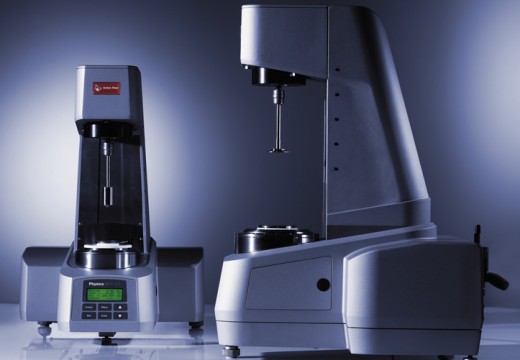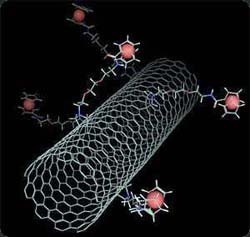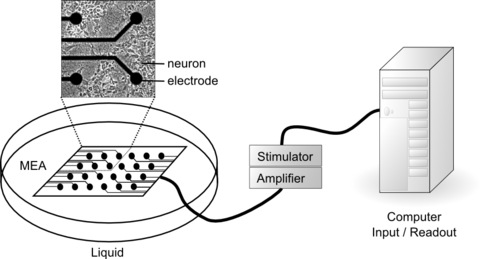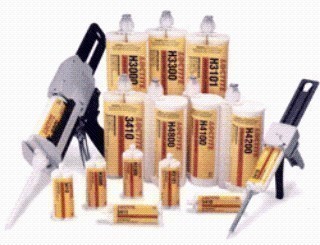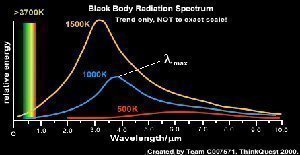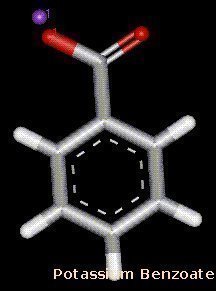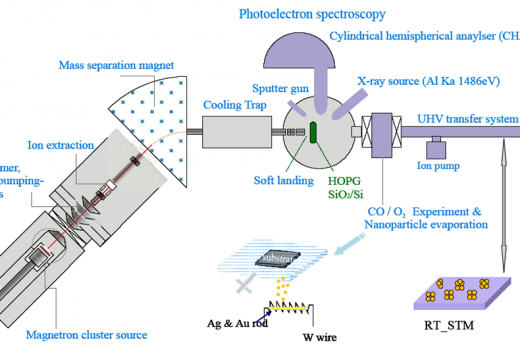Rheometer
A rheometer is a device that was developed to measure how a liquid’s suspensions or slurries flow when force is applied to it. Many fluids can be tested with a rheometer when a single numerical viscosity value cannot determine them due to their components. A rheometer can also be used to discover the additional parameters …

